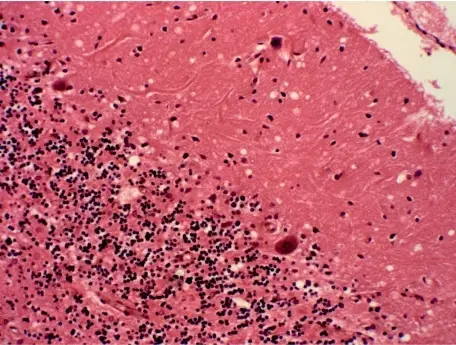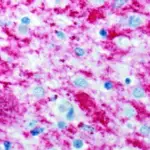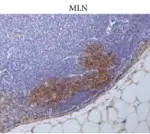Kuru is a rare, incurable and fatal neurodegenerative disorder caused by the transmission of abnormally folded proteins called prions.
What is the Pathology of Kuru?
Etiology: Kuru is an acquired infectious disease linked cannibalism.
Pathogenesis: A chain reaction of misfolded proteins that affect the brain.
Histology: The histology associated with Kuru shows neuronal loss, spongiform change, and astrogliosis. Amyloid plaques known as “kuru plaques” are also seen.
How does Kuru Present?
Patients with Kuru typically have an age range of 20-45 years. Canabillistic men and women are equally affected. The symptoms, features, and clinical findings associated with Kuru include body tremors, cerebellar ataxia, dysarthria, dysphagia, and pathologic bursts of laughter.
How is Kuru Diagnosed?
Kuru is diagnosed mainly through history and physical examination. The characteristic progression of symptoms in the vulnerable populations leads to high suspicion of the diagnosis. There are no laboratory and imaging tests available that give a definitive diagnosis of kuru. The distinct histopathological findings are diagnostic.
How is Kuru Treated?
There is no known treatment for kuru.
What is the Prognosis of Kuru?
The prognosis of Kuru is poor and death usually occurs within 1 year after the first sign of symptoms.



